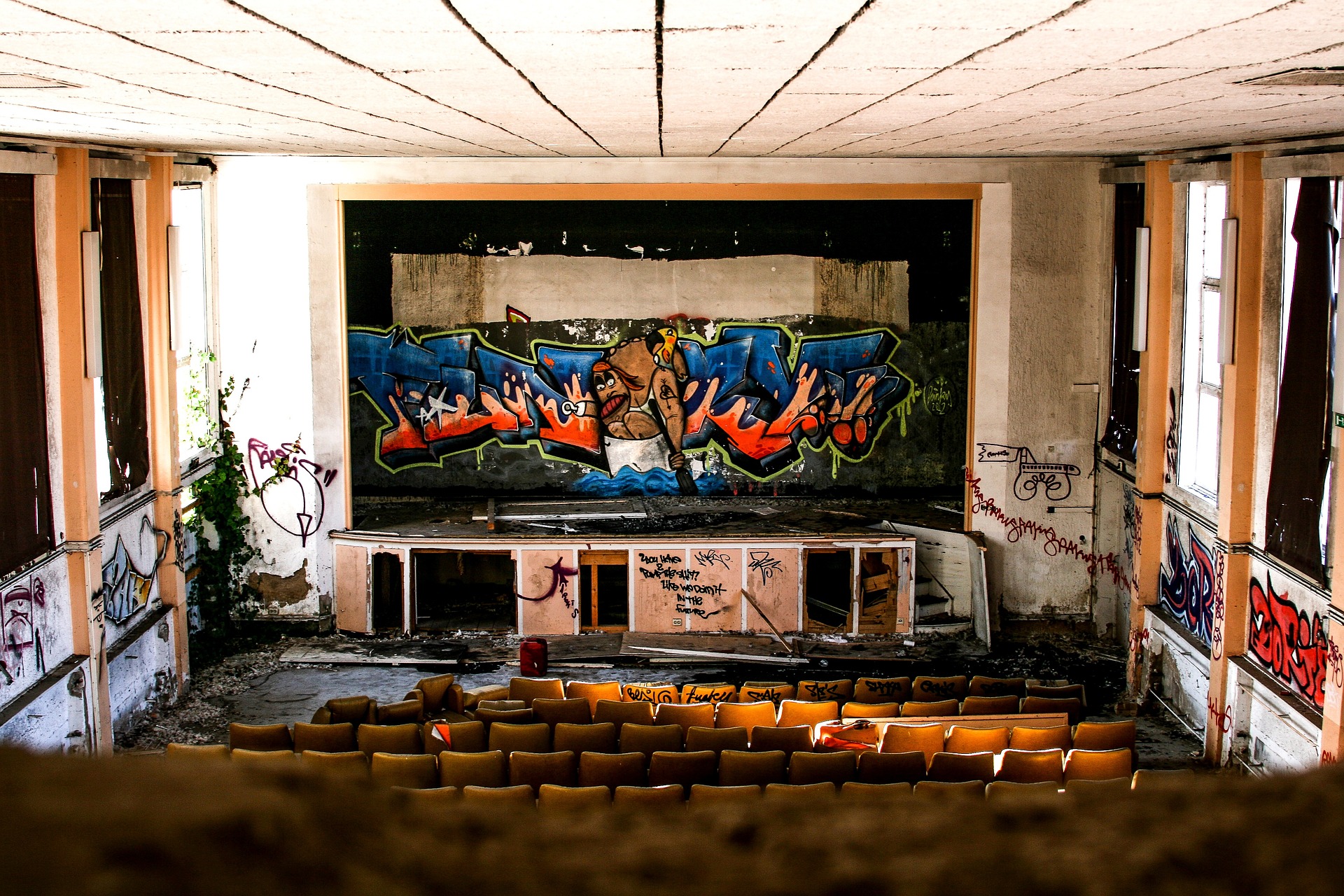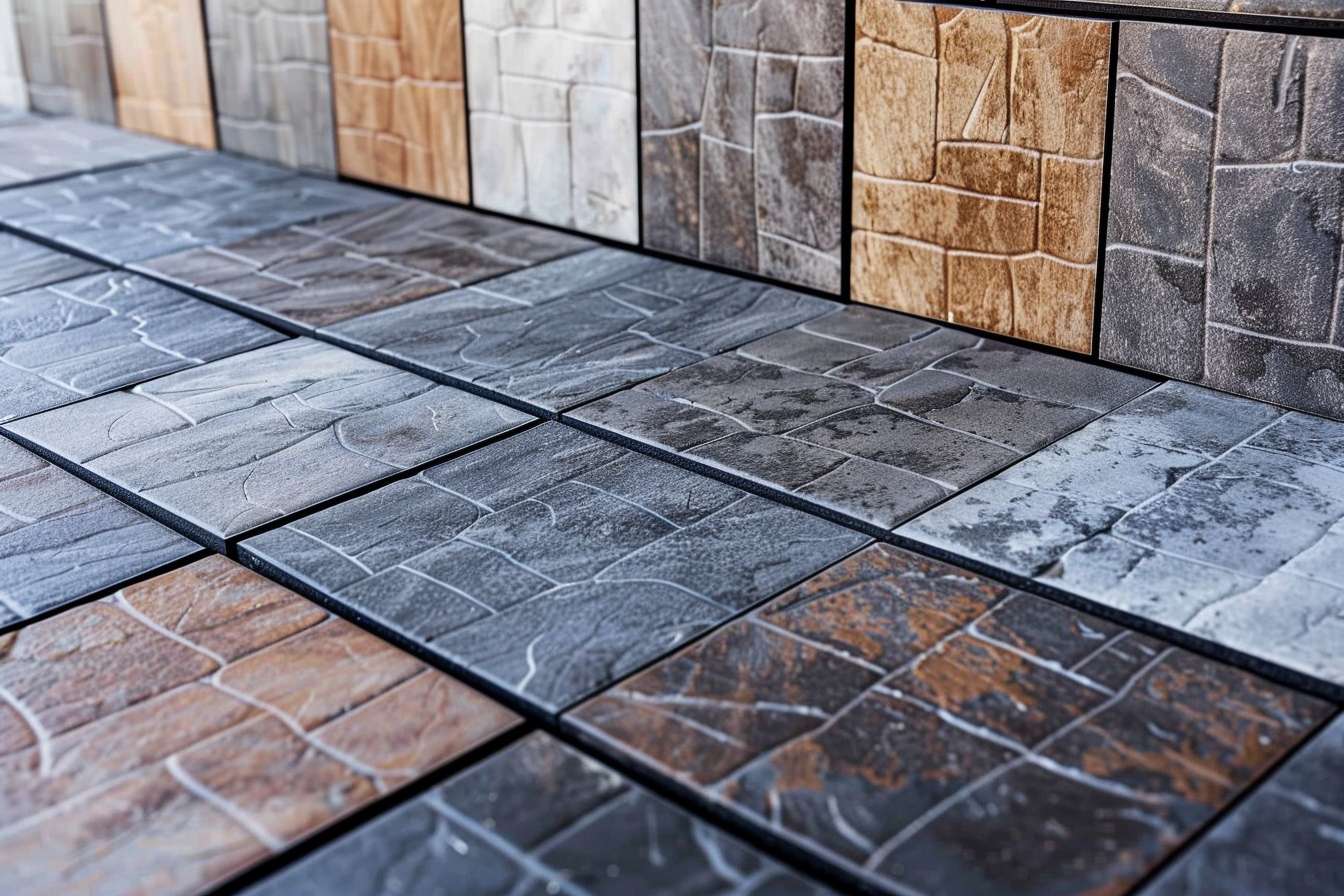Inside the Phenomenon: The Meteoric Rise of Virtual Reality in Performing Arts
Introduction: Virtual reality (VR) is not just about video games and simulations anymore. The performing arts are now adopting this technology, creating immersive and transformative experiences for audiences. This article explores the compelling journey of VR in the arts, its recent developments, and the impacts it's making.
Virtual Reality and Performing Arts: A Historical Perspective
In the late 20th century, virtual reality started to emerge as a new technological marvel. It was initially applied in fields like computer science, engineering, and medicine. However, artists quickly recognized the potential of this technology. In the early 1990s, pioneering artists started experimenting with VR, creating immersive installations and performances. They saw it as a tool to push the boundaries of artistic expression, allowing them to create environments and experiences that were previously impossible.
Current Developments in VR Art
Fast forward to the present day, and VR technology has advanced significantly. With the advent of more affordable and user-friendly VR headsets, the technology has become much more accessible to artists and audiences alike. This has led to the increased use of VR in theater, dance, and music performances, creating immersive and interactive experiences for audiences. Some notable examples include the Royal Shakespeare Company’s adaptation of “The Tempest” with Intel and The Imaginarium Studios, which incorporated live motion capture and real-time digital avatars, and the Los Angeles Philharmonic’s “Van Beethoven,” a VR experience that takes audiences inside a performance of Beethoven’s Symphony No. 5.
The Impact of VR in Performing Arts
The utilization of VR in performing arts is revolutionizing the industry. It is changing the way stories are told and experienced, creating a more immersive and interactive form of storytelling. It allows audiences to step into the world of the performance, breaking down the barriers between performers and audiences. This level of immersion and interactivity is creating a new form of art, one that is experiential and participatory.
Reception of VR in Performing Arts
The reception of VR in performing arts has largely been positive. Critics and audiences alike have praised the innovative use of technology in enhancing the theatrical experience. However, there are also concerns about the accessibility of this technology. VR equipment is still expensive, and not everyone has access to it. Despite these challenges, the potential of VR in performing arts is undeniable, and it continues to be a rapidly evolving field.
Looking Ahead: The Future of VR in Performing Arts
The future of VR in performing arts is promising. As technology continues to evolve, we can expect to see more innovative uses of VR in theater, dance, and music. It’s also likely that as VR becomes more accessible, it will become a more integral part of the performing arts industry. However, like any other technological advancement, it will be important for artists to use VR responsibly, ensuring that it enhances rather than detracts from the artistic experience.
In conclusion, the rise of virtual reality in performing arts is an exciting development. It’s pushing the boundaries of artistic expression and offering audiences new and immersive ways to experience art. As we look to the future, there’s no doubt that VR will play a significant role in shaping the evolution of performing arts.





